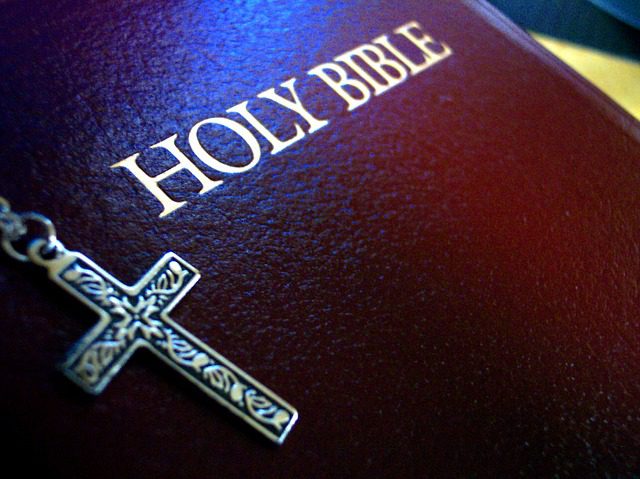
A French scholar has identified the outlines of passages from the Bible behind an eighth-century manuscript of the Qur’an. This discovery is extraordinary as it is “the only recorded palimpsest in which a Christian text has been effaced to make way for the Islamic holy text,” according to The Guardian.
Dr. Eléonore Cellard discovered that there was a faint manuscript of the Bible behind the ancient Qur’an text when she examined an image of the eighth century Qur’an, which was sold by Christie’s Auction House in London 10 years ago. As Cellard more closely examined the image she noticed Coptic letters that appeared faintly behind the Arabic script.
Once Cellard made the discovery, she contacted the auction house where they worked together and made another incredible discovery. They found that the Coptic text was coming from the Old Testament’s Book of Deuteronomy, which is part of the Torah and the Christian Old Testament.
This is a fascinating historical find and an extremely rare find.
“This is a very important discovery for the history of the Qur’an and early Islam. We have here a witness of cultural interactions between different religious communities,” Cellard said, according to The Guardian.
Researchers believe the manuscript is likely to have been produced in Egypt, a home to the Coptic community at the time of the Arab conquest. Christie’s Auction House is selling pieces of the manuscript at auction for £80,000 to £120,000 ($111,549 to $167,323 USD).
The Coptic writing most likely came around the seventh century, but it’s difficult to determine the precise timeline, Christie’s specialist Romain Pingannaud said.
“Once you know it’s there you can only see it, it becomes so obvious,” Pingannaud said. “We missed it at the beginning. It’s fascinating, particularly because it’s the only example where you have an Arabic text on top of a non-Arabic text. And what’s even more fascinating is it is on top of passages from the Old Testament…it shows the contact between communities in the first centuries of Islam; it’s very relevant.”
According to the auction house, only a handful of Quranic palimpsests have ever been recorded, reported Hawzah News Agency. One example was two leaves from a seventh century Hijazi Qur’an, copied over an earlier text of the Qur’an.


